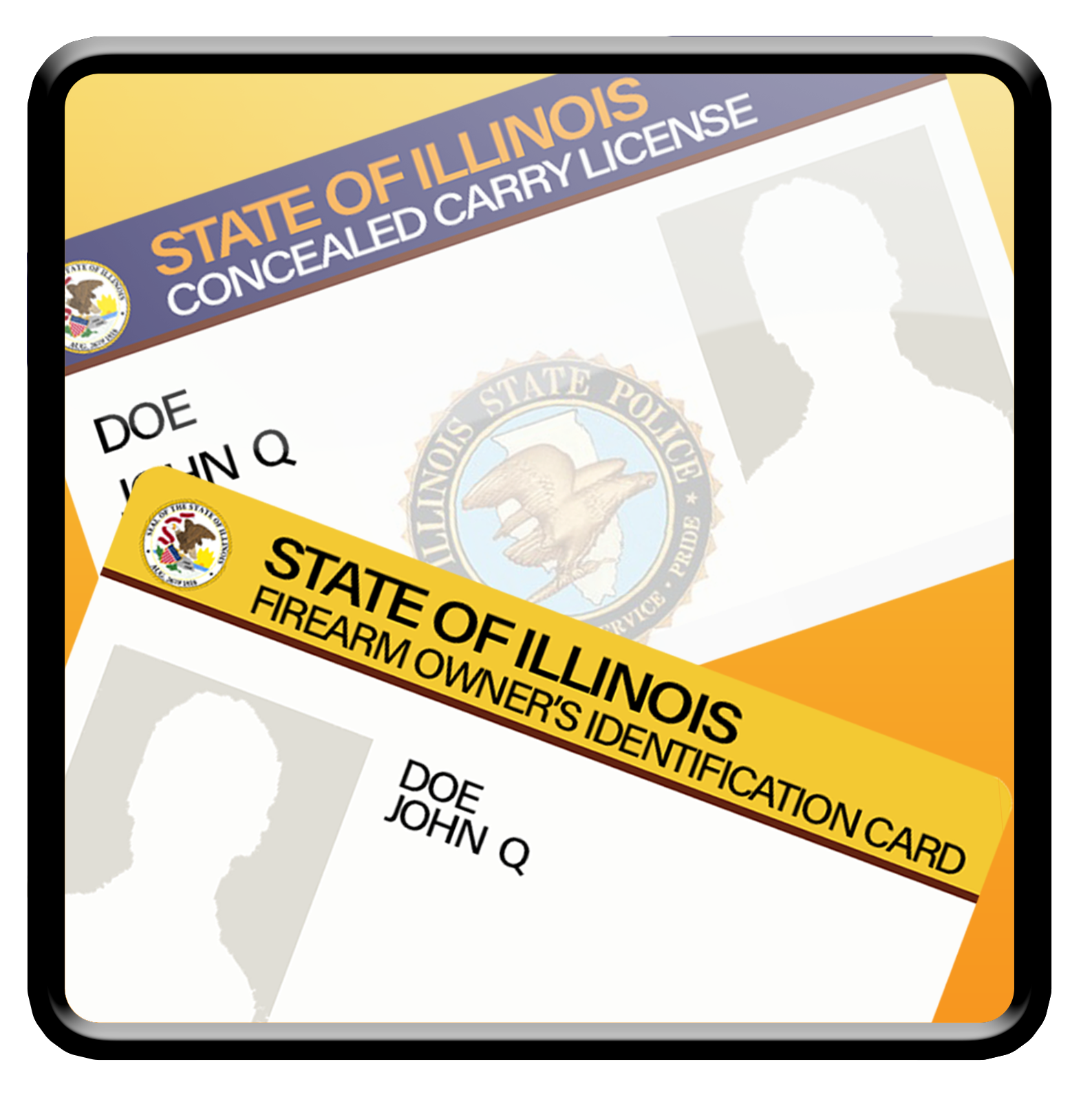Scams Against Commercial Entities
Till Tap
A Till Tap theft occurs at the cash register. While the cashier is busy ringing up the customer's purchase, the criminal customer asks the cashier to make change.
Sometimes this customer speaks poor English and is difficult to understand; other till tappers pretend to be deaf-mutes. This is done to confuse and distract the cashier. An accomplice may also stand behind the till tapper and attempt to block the view of other customers by holding up an article of clothing.
The till tapper will reach into the cash drawer (the till) and grab the money. The suspect will always try to collect the larger bills. Using a sleight of hand, the suspect will palm the cash and then quickly conceal the money.
Prevention Tips:
- Do not make change at the register.
- If a customer reaches into the cash drawer, immediately close the cash drawer.
- Keep large bills under the cash drawer.
- Conduct pulls regularly.
- Report suspicious people.
Most cashiers do not realize a till tap has occurred, and unfortunately, the cashier is often blamed for the shortage, and often accused of the theft.
Till tapping is easily prevented. REMEMBER - THERE IS NO REASON FOR ANY CUSTOMER TO REACH INTO THE EMPLOYEES TILL, EXCEPT TO STEAL CASH!!!
Store Diversion
Any number of suspects, occasionally with children, will enter the retail establishment. Each criminal participant has a particular job in the offense. Some suspects divert employees by asking questions; they may also take the employee to an area away from the location of the money, i.e., office, safe behind counter, etc. Other suspects may distract customers in the store by physically blocking the view in front of the area where the money is located; this helps ensure no one will become suspicious and try to return to that area. If this is successful, one suspect goes in, removes the currency, and then leaves the store. When all is clear, the rest of the suspects leave, "as if on signal." In many cases it appears all of the vehicles are parked together and leave together. The vehicle designated to transport the money may be parked in a different location and driven off in a different direction than the rest of the group.
Previously, supermarkets were primarily chosen by the suspects for store diversions; now, their targets also include chain stores, franchise stores, and gas station/convenience stores.
This particular group of suspects has proven very adaptable; they change their method of operation as the situation dictates. These suspects have been known to steal only the currency from the middle stacks of bills; this leaves the impression, on first glance, nothing was taken. Checks taken in these offenses are frequently found strewn along interstate highways or in trash bins.
The suspects are very aware of video surveillance; they will attempt to defeat these devices by taking the video tape with them or by using newspapers and/or other objects to block the surveillance camera's view. If the tape cannot be removed, the entire VCR/camera is usually taken. These tapes are often recovered in trash receptacles near the location of the theft.
What to do after a diversion:
- Write down all identifiers of the individuals you can remember.
- Write down the license plate number and identifying marks of the vehicle(s) they may be driving.
- Immediately contact your local law enforcement agency.
- Law enforcement agencies should disseminate a teletype describing the offense within a 100-mile radius.
- Communication among law enforcement agencies and complete sharing of information is an effective method to counter these offenses.
Tool Sale
The Scam:
- Suspect approaches small businesses or shops attempting to sell inferior grades of equipment e.g., hydraulic hoist, hydraulic press, drill press, band saw, etc.
- Warranties on the equipment are non-existent, and the documents misrepresent the value of the item(s).
These scams are just a few of the numerous frauds perpetrated annually. Each year thousands of victims lose millions of dollars from these scams. The deception list continues to grow each year, making scams, their victims, and the exact dollar amount almost impossible to track. Anyone can become the victim. People of all ages, educational levels, and incomes fall victim to scams daily.
Gathering and sharing of information is vital, especially when dealing with these transient, criminal suspects, and the thefts, scams, and frauds they perpetrate.























